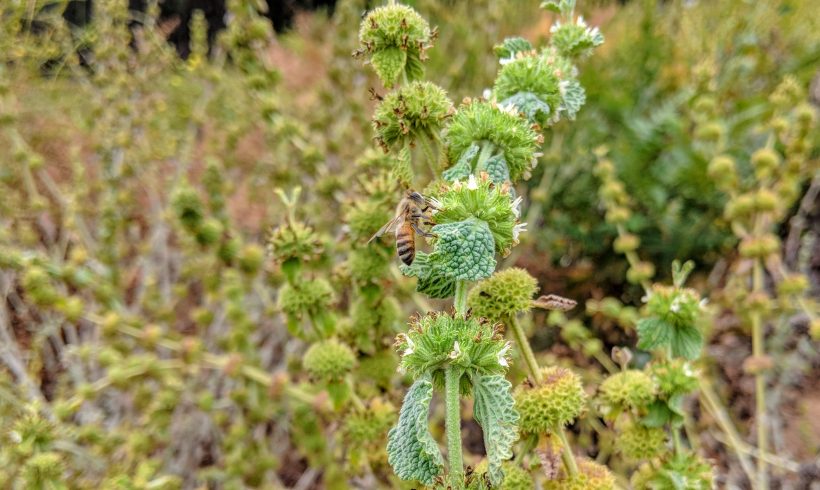We’ve been asked recently what we plan to grow on the land. Our answer to that complex question was naively simple when we started out on this adventure a couple years ago: “We don’t know yet. We want to get to know the land before we make our crop plan.” While this response conveniently kicked the can down the road on the question, we’re now starting to discover that there is something to waiting and observing, before you make decisions about crop planting. After all, how could we have been expected to know the exact soil composition, moisture content, humidity, annual rainfall, average temperature, or presence of other growth, among other things, for a plot of land that was, at the time, only hypothetical? This was our exact case in 2017, when Terra Cultura had no physical location in space to call its own, and only existed as an idea.
Of course things are very different now that we’ve found a place for Terra Cultura to call home. Our neighbors, friends, and family have continued to ask, but suddenly it seems we need to have, in a very concrete way, a detailed answer. We’ve done some extensive research regarding the climate, rainfall, and sun in our neighborhood, have looked up the USDA’s classification of our soil, and have even put together a comprehensive soil rehabilitation strategy, but this research does not equate to a complete crop plan. Because the slope on the land is so steep, and because the soil is so depleted of nutrients and organic matter, we switched to another, more accurate, though similarly vague response: “First we need to focus on growing our soil, then we can figure out what we can grow on this land.” While true (it will take us at least several months to add the necessary compost, mulch and cover crops to our beds before the soil is healthy enough to support a vegetable crop plan), this answer also feels a bit like kicking the can down the road. It wasn’t until we had some real time to sit observe the land that our first ideas for a crop plan began to materialize.
We’re no strangers to companion planting, and have successfully used the practice in our previous home gardens, and seen it utilized successfully in many farm and garden applications in our travels across the world. By identifying mutually beneficial relationships between various plants or flowers, one can cultivate more beautiful, healthy and robust crops. In our case, by taking stock of what does thrive here without any human intervention, we can use that as a starting point for more research into beneficial companion plants to these pioneers. This practice of letting the land tell us what it wants to grow, instead of forcing our own ideas onto it is very much in line with Terra Cultura’s ethos and mission.
Before we moved onto this land, none of us had ever heard of horehound. Early on, one of our neighbors and friends visited us, took one look at our front acreage, and said “Wow, there’s your first crop right there. You have a ton of horehound!” At first we thought he was joking, and assumed that once we started preparing the land for our crops, that we’d be clearing out all the weedy-looking horehound. We were, after all, getting sick of our dogs’ fur filling up with the sticky seed pods after a day’s worth of romping in the fields.
But as time went on, with more research, we realized there was some truth to our neighbor’s statement. horehound itself is one of the oldest recorded medicinal herbs, used to aid in indigestion, and as an expectorate to alleviate a cough. It is often cooked into a hard lozenge candy, or brewed into a beer or tea for human consumption. Not only did we identify potential uses for the plant itself, we also discovered that horehound is a beneficial companion to many vegetable crops and flowers, including asparagus, basil, carrots, celery, chives, bell pepper, mint, bee balm, tomato, nasturtium, onion, and parsley. Horehound is a natural grasshopper repellent, and attracts bees (so many bees!) and other insects that are beneficial for the growth and flowering of these plants.
Suddenly it’s seeming like we have something of a crop plan! Or, at the very least, we have an idea for a crop list. By listening to the land, and planting with the horehound, and working it into our beds and our crop rotation, we will be taking advantage of the land’s current conditions, instead of working much harder to impose our own preconceived plans on this sandy, sloped soil. I guess it’s a good thing we didn’t waste our time developing a crop plan earlier on, when our land just handed one to us!
“So what are you going to grow here?”
“Look around! It’s horehound!”

Comments
One response to “Listen to the Land, Whispering “Horehound””
Beautifly written, engaging and informative! Happy Horehound!